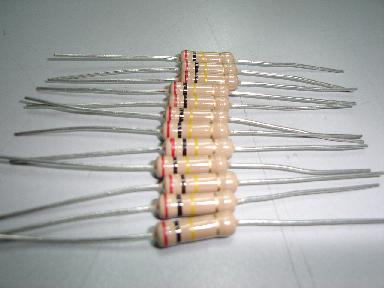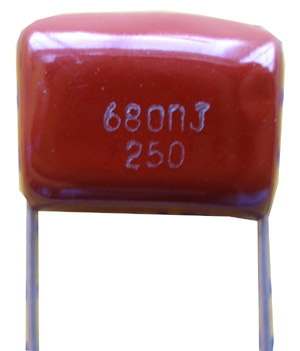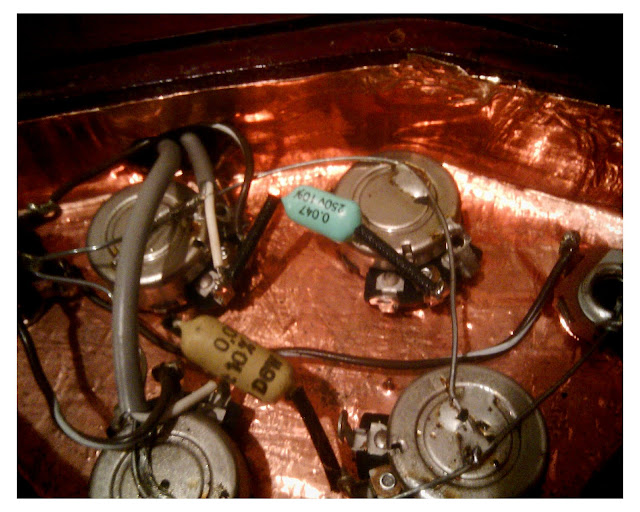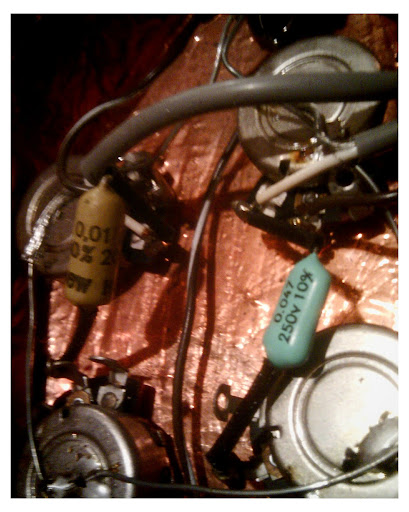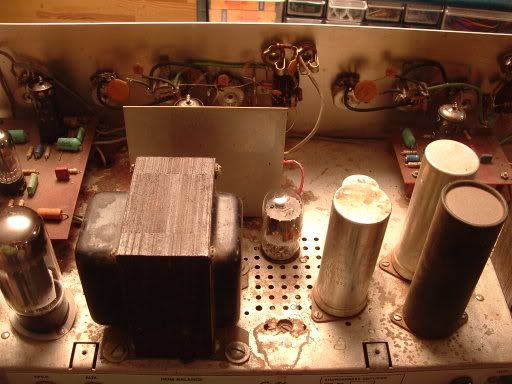dlenaghan
Member
Hi all,
First, thanks for the forum.. I just got the user/pass registered to honor my new (to me) '71 JS-II.. pics below if all goes well. Knocked to heck, and some fuzz in the pots as well as a (not kidding) balsa wood saddle (replacement rosewood saddles from GuildBassParts.com on the way, I'm not a seller or endorser, just happy to find some reputed replacements) as well as a bridge pickup ring from HangstromParts.se (if they ever answer my email.. PLEASE GUYS!!)..
But all in all the finest bass I've ever played, bar none: an upper register I can actually reach, a narrow neck that's fat, great tone out of the Hagstrom bridge humbucker as well as the neck Bisonic, but a few odd things that I've been wondering about.
I've never had a bass this old, so perhaps it's just 'old' technology:
- the tone rolloff seems to have one point only, with no degrees of in between on both pickups. So, it sounds like there's full bass for 20% of the knob's turn with an abrupt full treble on the remaining 80%. True for both knobs.
- using the pickup selector to get both going seems finicky. Say I've got the Bisonic at 70% volume, set to treble. Any adjustment I make to the bridge humbucker seems to takeover the sound completely, including adjustments to the volume. It's like any setting on whichever pickup was set first is overwritten (absurd it seems, I know) by any later adjustment. This works both ways. Say I dial in a nice dry bridge-heavy sound and back off the volume a bit, but I fill in the low end with the neck pickup. Any adjustment to the neck pickup, whether it's louder, quieter, bassier, or trebly-er (we'll pretend that's a word for a moment here) seems to redefine the sound completely. It basically makes it difficult to dial in repeatable settings, which would be problematic for using different tones for different songs or adjustments on the fly. I don't know if I've described this last one very sensibly..
- separation of tuners from the back of the headstock. It seems that the metal piece that holds the worm gear in place has always pressed against the wood and has slightly bent the base plate that mounts of machine head to the read of the headstock. The screws are all still in place, and I don't want to mess with it, and comparing it to other models online it appears the tuners are original, or at least OEM/original style (not sure if there's supposed to be a manufacturer's stamp there somewhere), but this seems like a poor choice of design. Is this common on the JS-IIs or other Guild models? The tuners don't wobble and they hold the strings in tune wonderfully, more stable, actually, than a few of my newer basses.
I've used search on TalkBass and found a partially similar problem on some Fender Js, but I thought I'd go fishing here and see if anyone would like to weigh in. I have plans to replace the pots (Nobles for the volume and Tonestylers for the tones) and certainly the broken/jerry-rigged bits (pickup mount and saddles), and given the shape she's in I don't mind a mod here or there, because she's a player and it would be a shame to shelter her..
Did I mention the Bisonic came off during shipping? As in, the tape securing it to the underside of the chrome bracket finally gave way? Seems like that might be the easiest fix..
Cheers, and here's hoping Guild sees some sense and reissues these things. I've honestly never been SO satisfied with a bass' initial setup, sound, and playability.
Dan
PS - Couldn't link to the pic... looks like it's time to reread all the guidelines. Sorry guys, she's a real beaut.
First, thanks for the forum.. I just got the user/pass registered to honor my new (to me) '71 JS-II.. pics below if all goes well. Knocked to heck, and some fuzz in the pots as well as a (not kidding) balsa wood saddle (replacement rosewood saddles from GuildBassParts.com on the way, I'm not a seller or endorser, just happy to find some reputed replacements) as well as a bridge pickup ring from HangstromParts.se (if they ever answer my email.. PLEASE GUYS!!)..
But all in all the finest bass I've ever played, bar none: an upper register I can actually reach, a narrow neck that's fat, great tone out of the Hagstrom bridge humbucker as well as the neck Bisonic, but a few odd things that I've been wondering about.
I've never had a bass this old, so perhaps it's just 'old' technology:
- the tone rolloff seems to have one point only, with no degrees of in between on both pickups. So, it sounds like there's full bass for 20% of the knob's turn with an abrupt full treble on the remaining 80%. True for both knobs.
- using the pickup selector to get both going seems finicky. Say I've got the Bisonic at 70% volume, set to treble. Any adjustment I make to the bridge humbucker seems to takeover the sound completely, including adjustments to the volume. It's like any setting on whichever pickup was set first is overwritten (absurd it seems, I know) by any later adjustment. This works both ways. Say I dial in a nice dry bridge-heavy sound and back off the volume a bit, but I fill in the low end with the neck pickup. Any adjustment to the neck pickup, whether it's louder, quieter, bassier, or trebly-er (we'll pretend that's a word for a moment here) seems to redefine the sound completely. It basically makes it difficult to dial in repeatable settings, which would be problematic for using different tones for different songs or adjustments on the fly. I don't know if I've described this last one very sensibly..
- separation of tuners from the back of the headstock. It seems that the metal piece that holds the worm gear in place has always pressed against the wood and has slightly bent the base plate that mounts of machine head to the read of the headstock. The screws are all still in place, and I don't want to mess with it, and comparing it to other models online it appears the tuners are original, or at least OEM/original style (not sure if there's supposed to be a manufacturer's stamp there somewhere), but this seems like a poor choice of design. Is this common on the JS-IIs or other Guild models? The tuners don't wobble and they hold the strings in tune wonderfully, more stable, actually, than a few of my newer basses.
I've used search on TalkBass and found a partially similar problem on some Fender Js, but I thought I'd go fishing here and see if anyone would like to weigh in. I have plans to replace the pots (Nobles for the volume and Tonestylers for the tones) and certainly the broken/jerry-rigged bits (pickup mount and saddles), and given the shape she's in I don't mind a mod here or there, because she's a player and it would be a shame to shelter her..
Did I mention the Bisonic came off during shipping? As in, the tape securing it to the underside of the chrome bracket finally gave way? Seems like that might be the easiest fix..
Cheers, and here's hoping Guild sees some sense and reissues these things. I've honestly never been SO satisfied with a bass' initial setup, sound, and playability.
Dan
PS - Couldn't link to the pic... looks like it's time to reread all the guidelines. Sorry guys, she's a real beaut.


